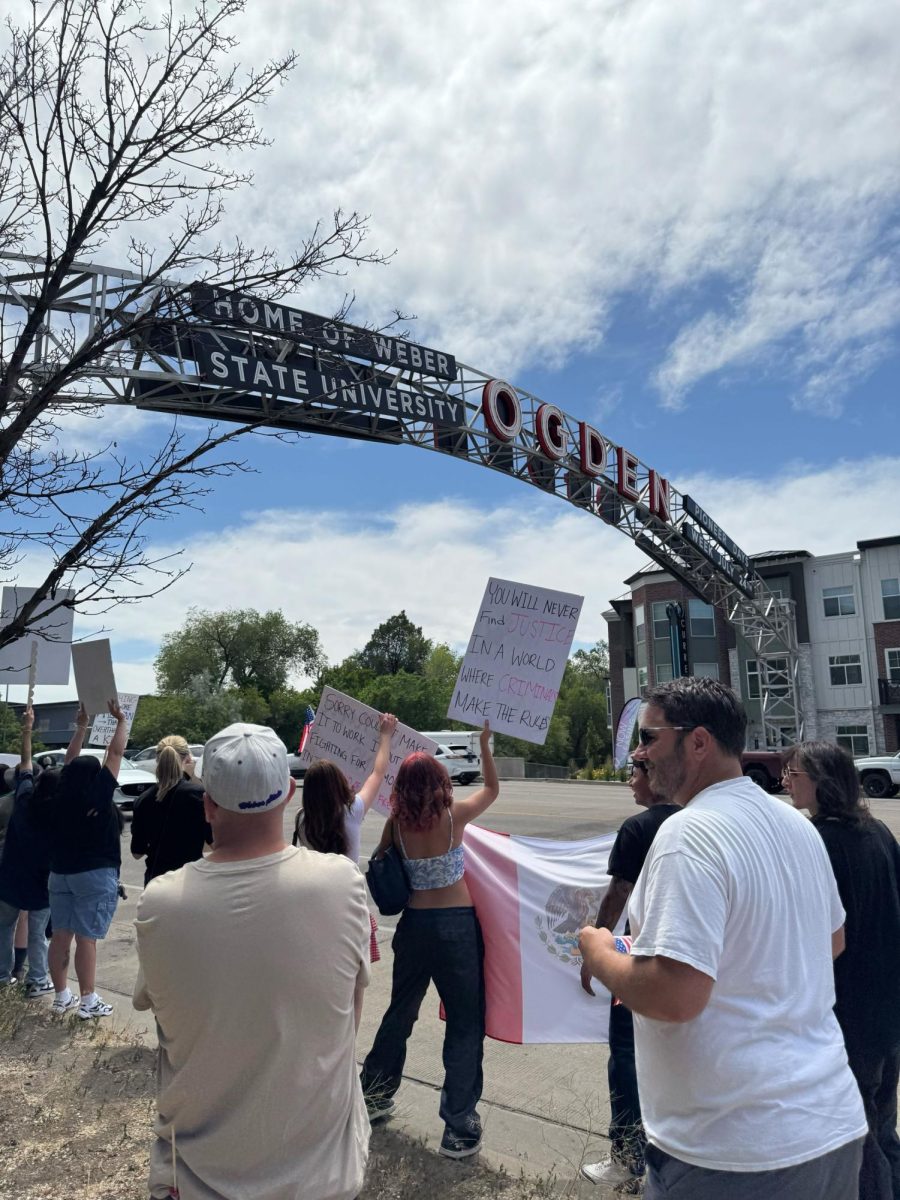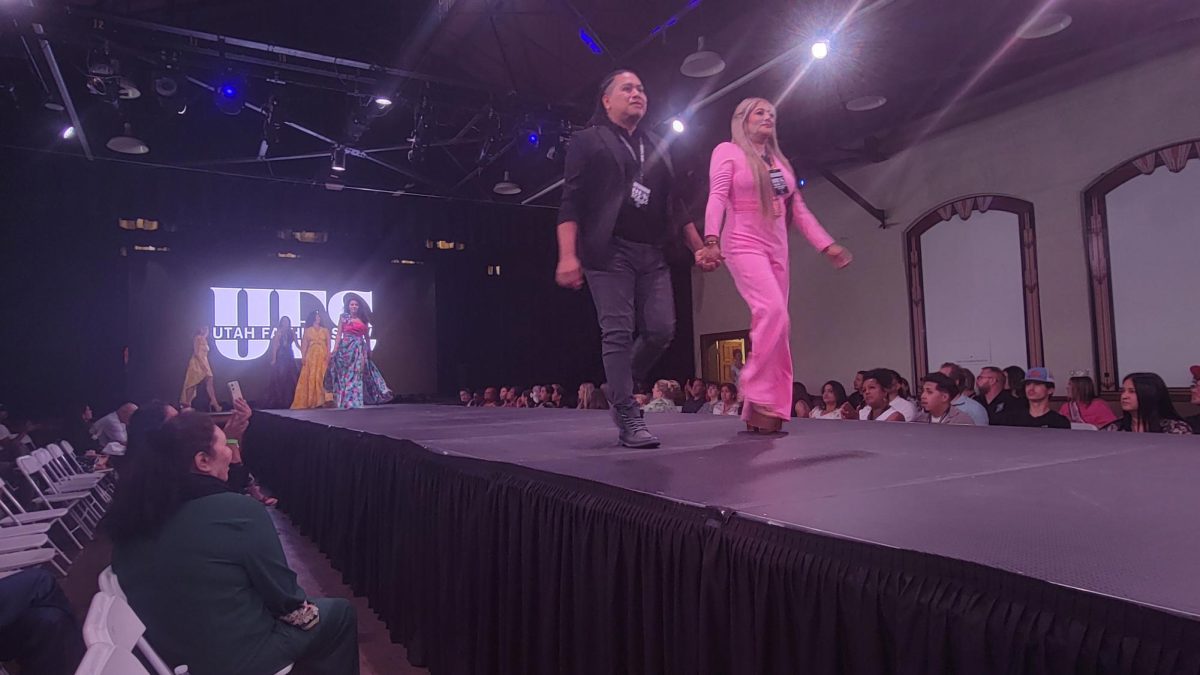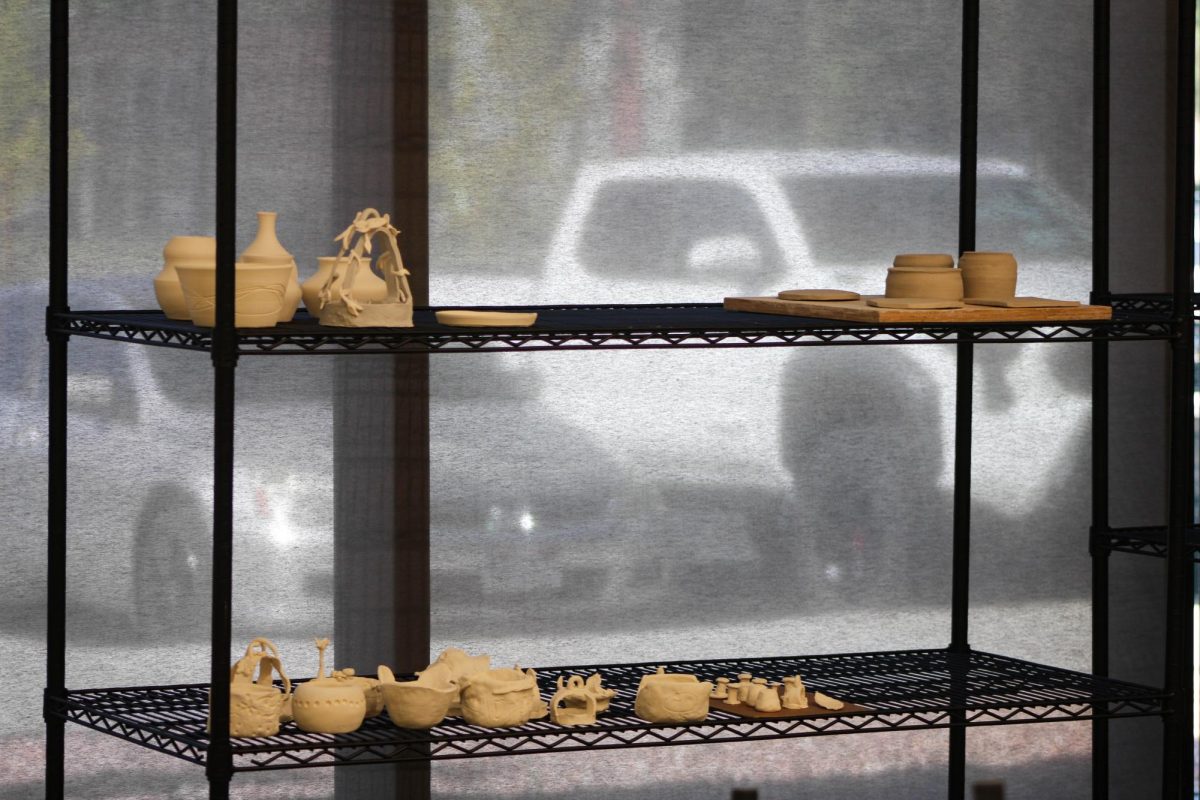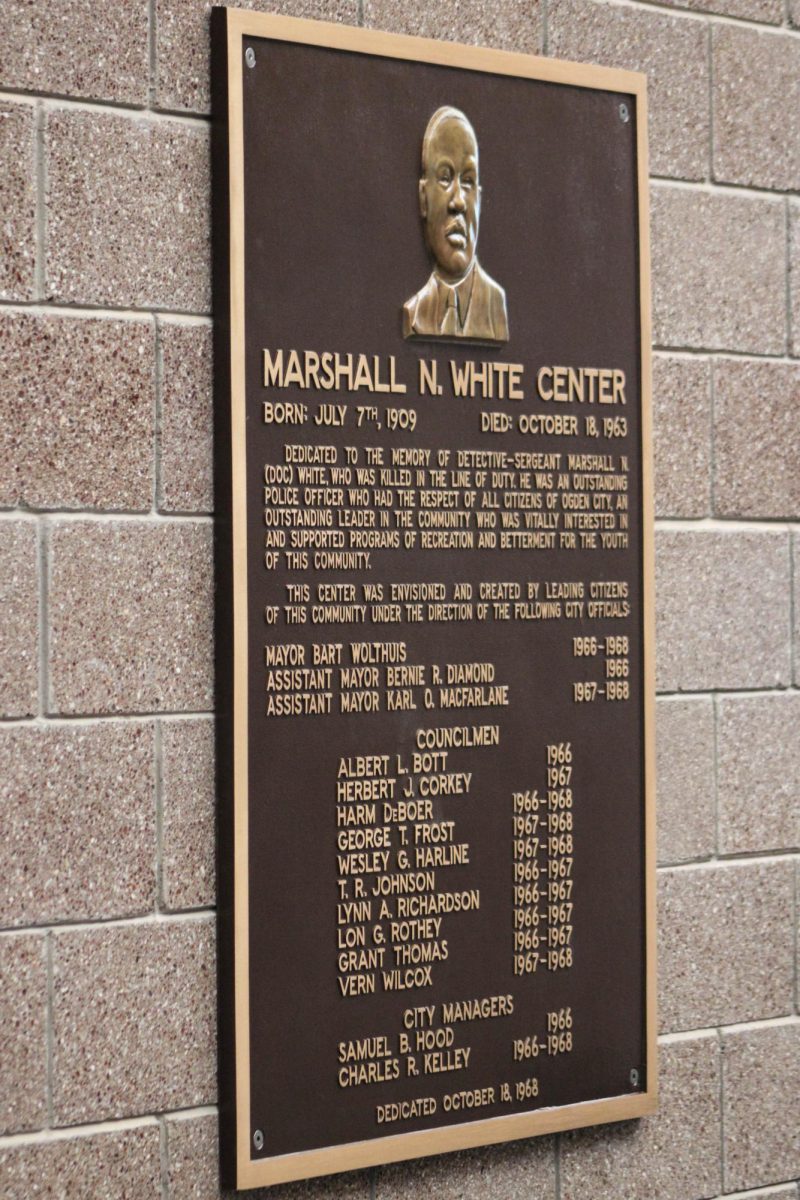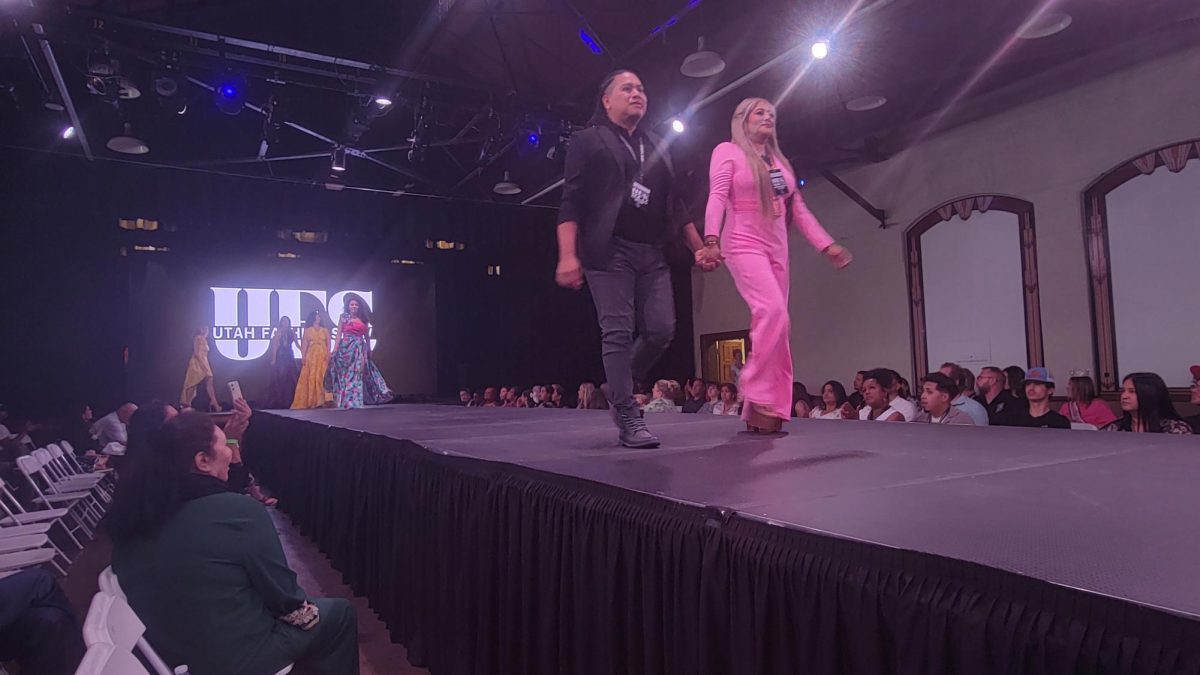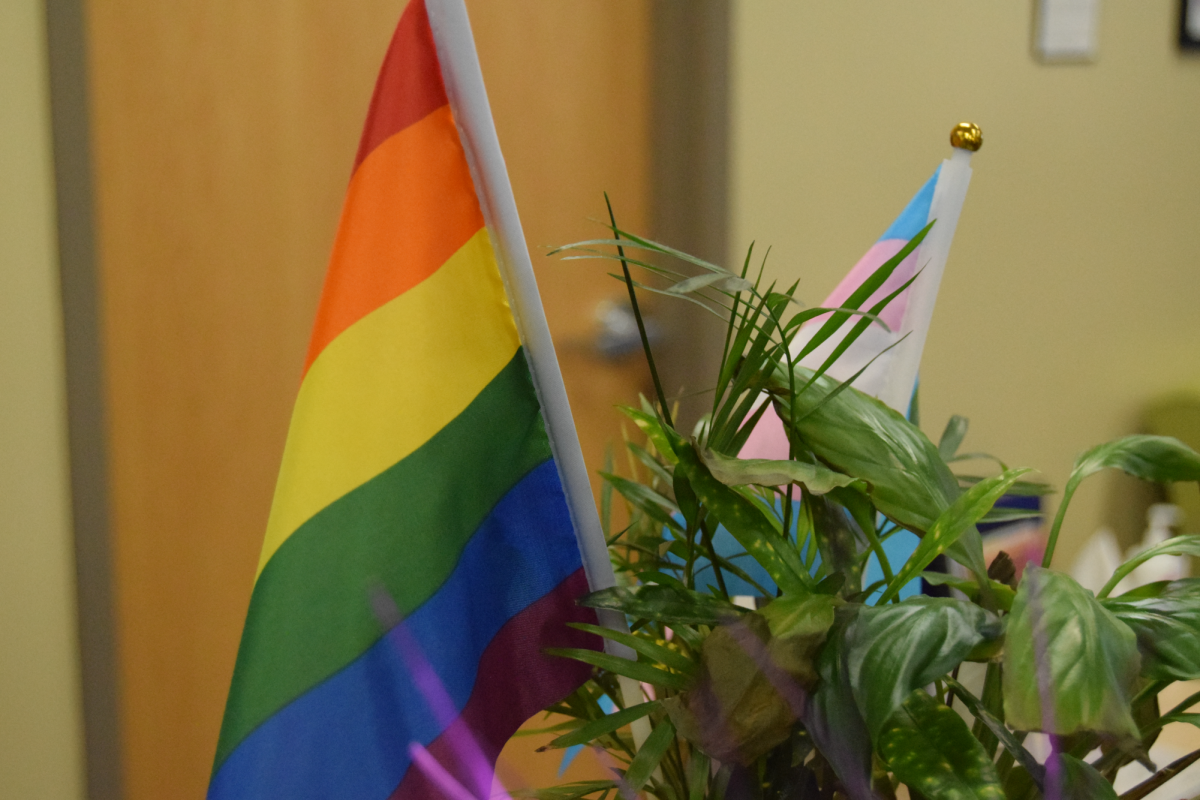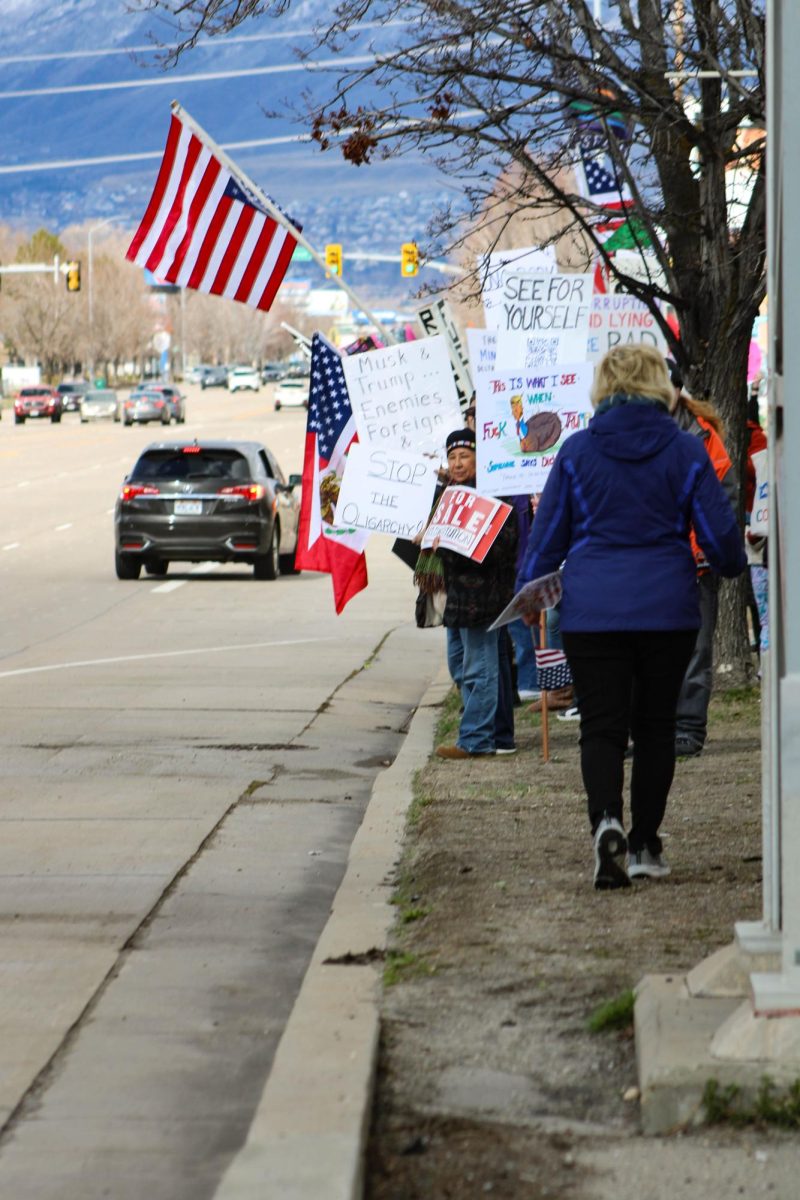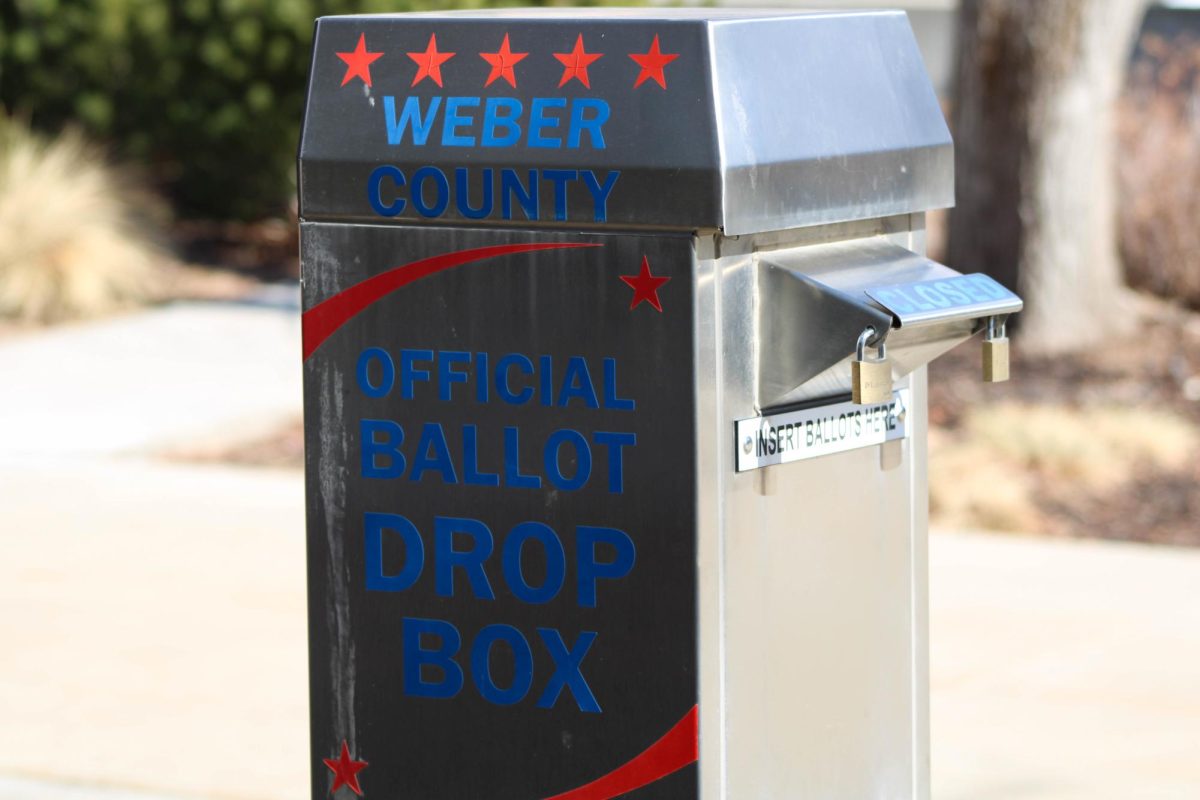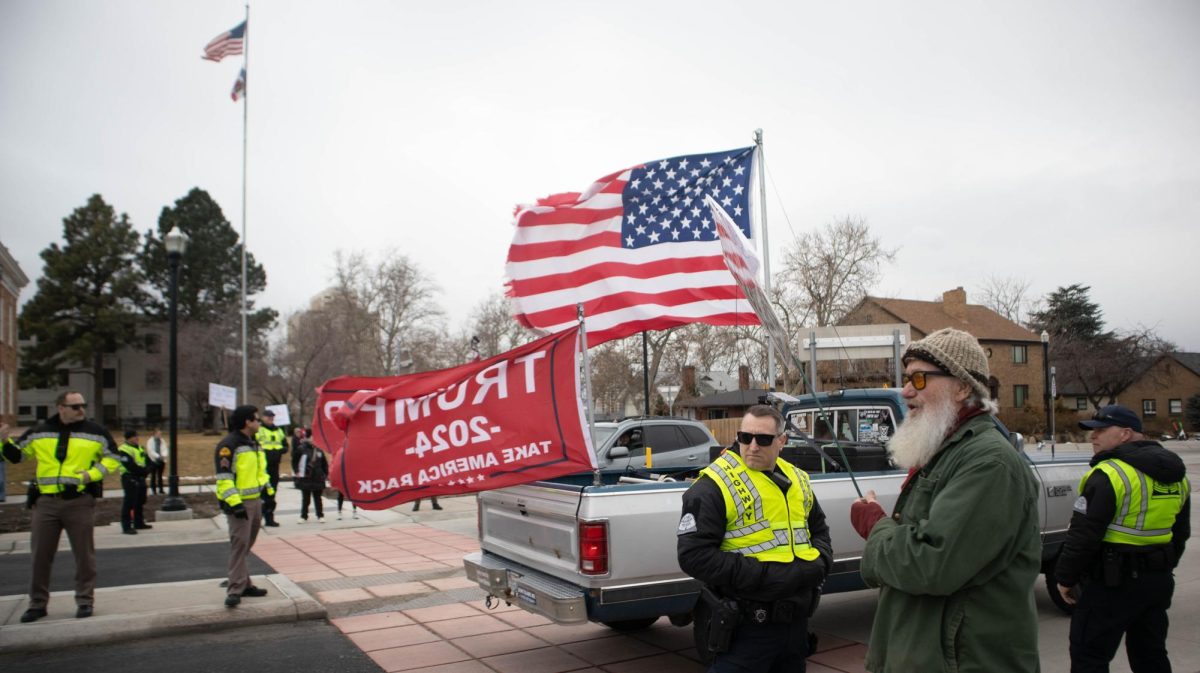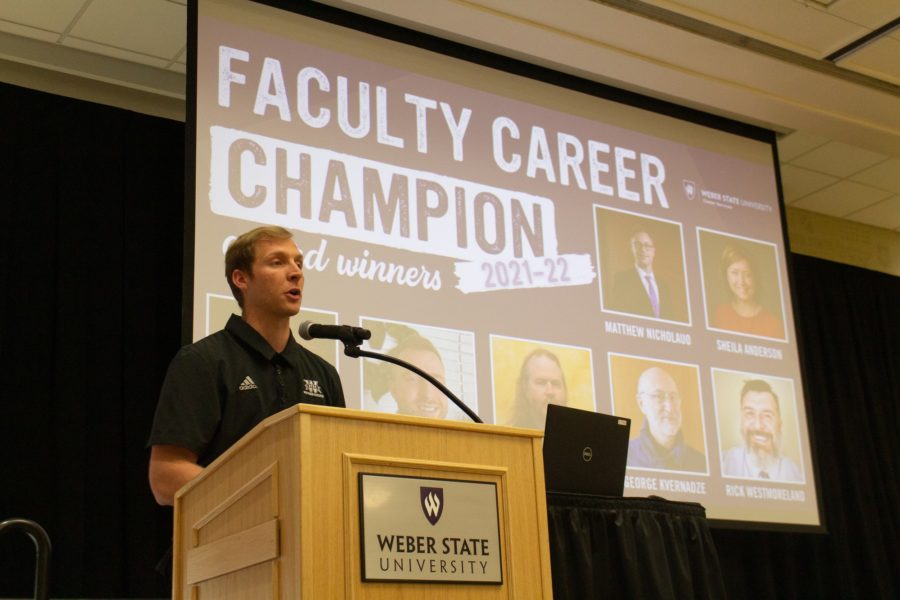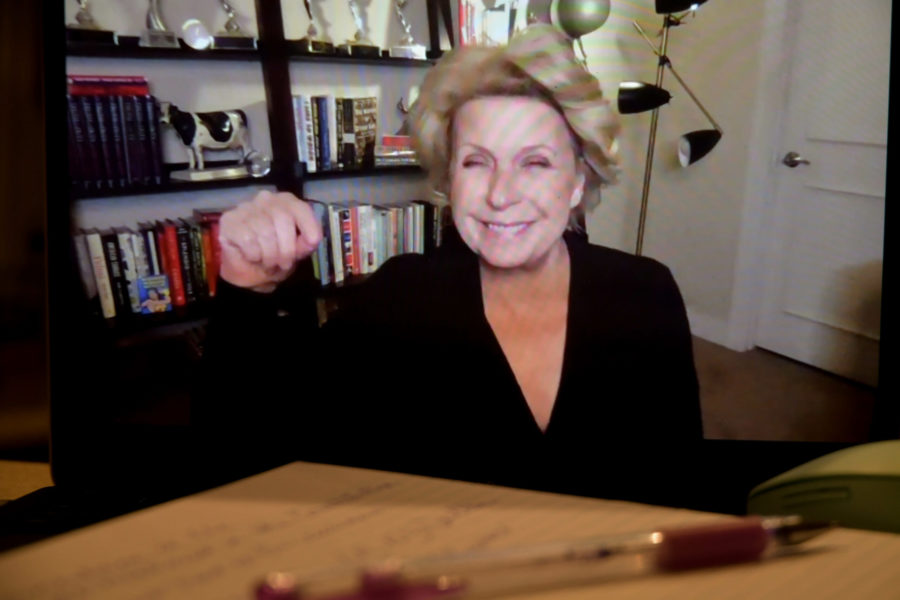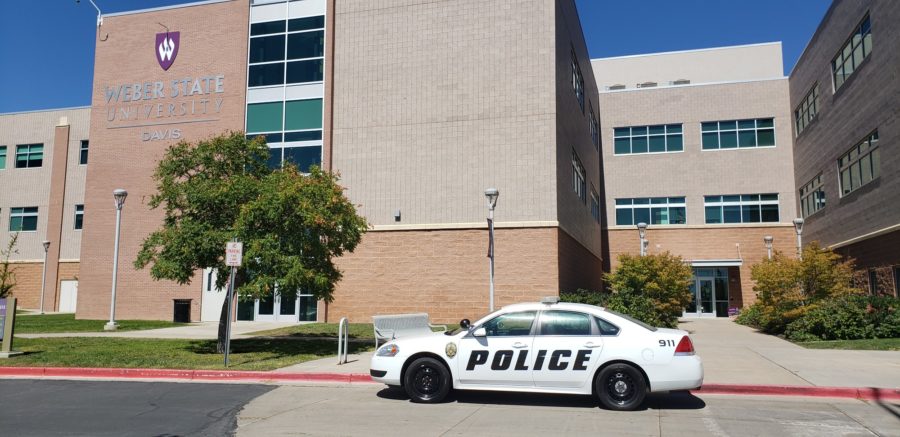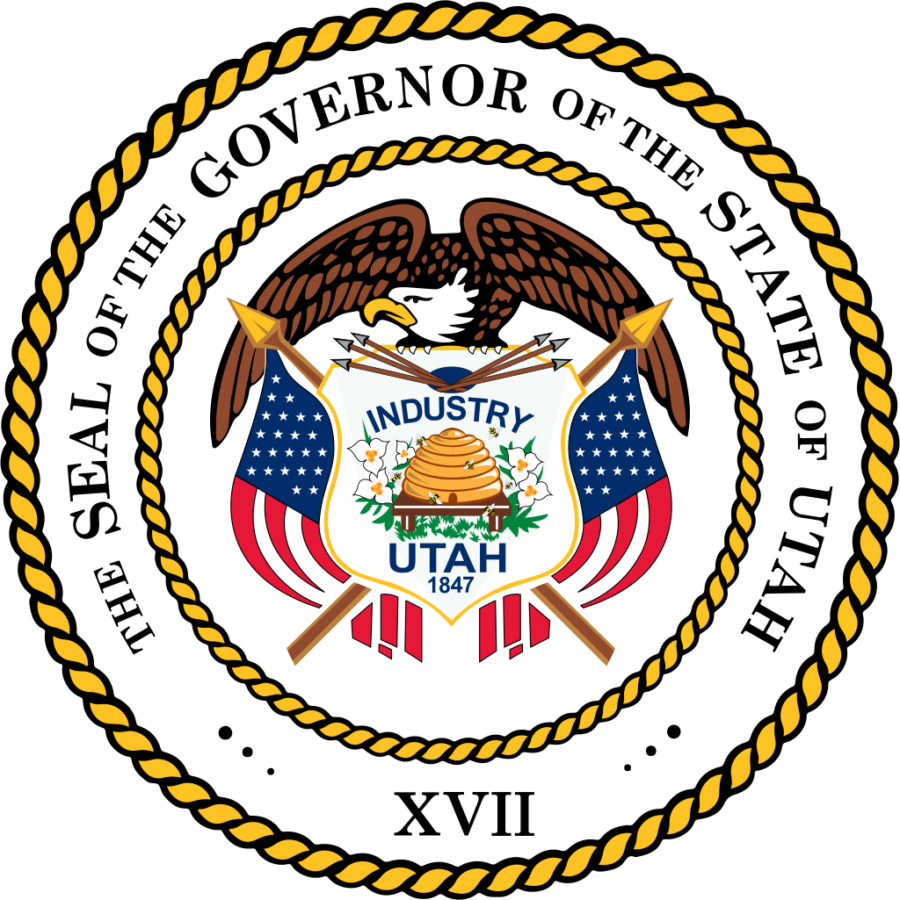
Clark Planetarium hosted a public meeting on daylight saving time Thursday afternoon.
This was part of an ongoing effort by the Governor’s Office of Economic Development (GOED) to obtain the public’s opinions on what Utah should do about daylight saving time in accordance with a bill passed in the state legislature last session.
Since 2010 the Utah State Legislature has proposed a bill every year to abandon daylight saving time. It has failed every year.
State Rep. Lee Perry said these laws haven’t passed despite public favor because the minority is more vocal.
“That’s why it’s important for people to contact their representatives and tell them how they feel about this issue,” Perry said.
The first option proposed in the public meeting was “retain” which would keep daylight saving time the same, moving the clocks forward in the spring and back in the fall.
The second option was “align” which would align Utah with Arizona and stop daylight saving time.
The third option was “change” which would create a new time zone, putting Utah on “spring forward” year-round.
Regardless of what system is used, the same amount of light exists in a 24-hour period. The issue focuses on where the light should be distributed. If Utah aligned with Arizona, for instance, then during the summer there would more light in the morning and less at night.
State Rep. Ronda Menlove who sponsored the bill said when she was first elected, many of her constituents talked to her about daylight saving time. She said many people cited safety concerns and health reasons since people have a hard time adjusting to the clock change as it throws off their biological rhythms.
Steve Bearson, a Provo resident, said he came to the meeting to help end daylight saving time.
“It doesn’t save energy, it doesn’t prevent crime, it doesn’t do anything it was supposed to do. It’s antiquated,” Bearson said.
John White, a resident of Woods Cross said he and his kids look forward to daylight saving time. As a working father he gets home at 6 p. m.
“My kids like to stay active. The extra hour of light at night is important to our health,” White said.
Clark Larsen, a resident of Holladay, cited safety concerns, calling daylight saving time “a killer idea.” He referred to an increase of deaths due to the semiannual jet lag that happens when we change the clocks.
Darrell Rawlings from Orem contended, “Safety is always an issue no matter what we do.”
Rawlings supports the current system because the extra hour of light at night gives him more time to play outside with his kids. He also mentioned his wife suffers from Seasonal Depression Disorder partly because she has to drive to and from work in the dark.
Representatives from the Utah Tourism and Entertainment Industry such as Lagoon Amusement Park also showed up to explain how moving that hour of light from the evening to the morning would be detrimental to their business.
Some commentators brought up a fourth option: move daylight saving time to June through August only. They argue that this is the best of both worlds.
Menlove said she would bring that option up in her next meeting, and added that voting is available on GOED’s website, where people can vote for their preference and leave a comment if they wish.
About 35 people made comments at the meeting with the majority supporting aligning with Arizona. Due to time constraints, comments were limited to one minute but the GOED provided a video booth so people who wished to make longer comments could.
Seth Jarvis, director of the Planetarium said they were honored to host the meeting. Using the Planetarium’s faculties Jarvis was able to show the different effects the three options would have.
He noted that the Planetarium’s mission is education.
“We’re in mission bliss right now,” Jarvis said on the opportunity to teach people about time zones.


